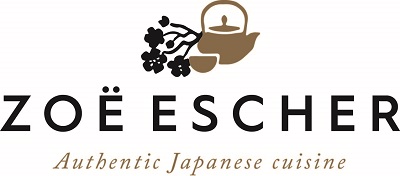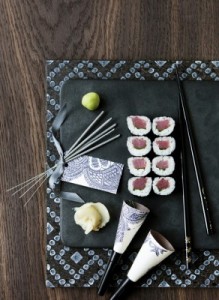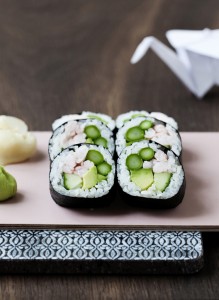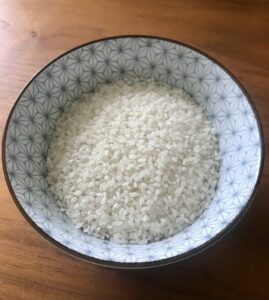It is a new year, and what better way to kick-start it than with a tasteful experience?
A sushi course is not only a culinary journey, but it is also a fun and educational activity that can bring friends and family together. So why not take the first step towards mastering the art of sushi?
Sushi is more than just raw fish and rice.
Taking a sushi course not only gives you the opportunity to learn how to make tasty sushi pieces, but also gives you a deeper understanding of the ingredients and techniques behind this Japanese delicacy.
One of the advantages of a sushi course is that it is suitable for all levels. Whether you are a beginner or already have some experience, you will find joy in exploring the Japanese techniques behind the creation of sushi. Japanese trained sushi chef will guide you through the various processes, share the secrets of perfect rice, cutting techniques and the art of assembling rolls.
A sushi course is also a great way to be together. Bring your friends or family members and experience together the joy of creating and sharing delicious meals.
So why wait?
Read more about Sushi course for beginners
_
Zoë has held sushi courses and cooking classes for A. P. Moller – Maersk, Hugo Boss Nordic, Novo Nordisk, Novartis, Velux, Gorrissen Federspiel, Beierholm revision, Elbek & Vejrup and many more.








